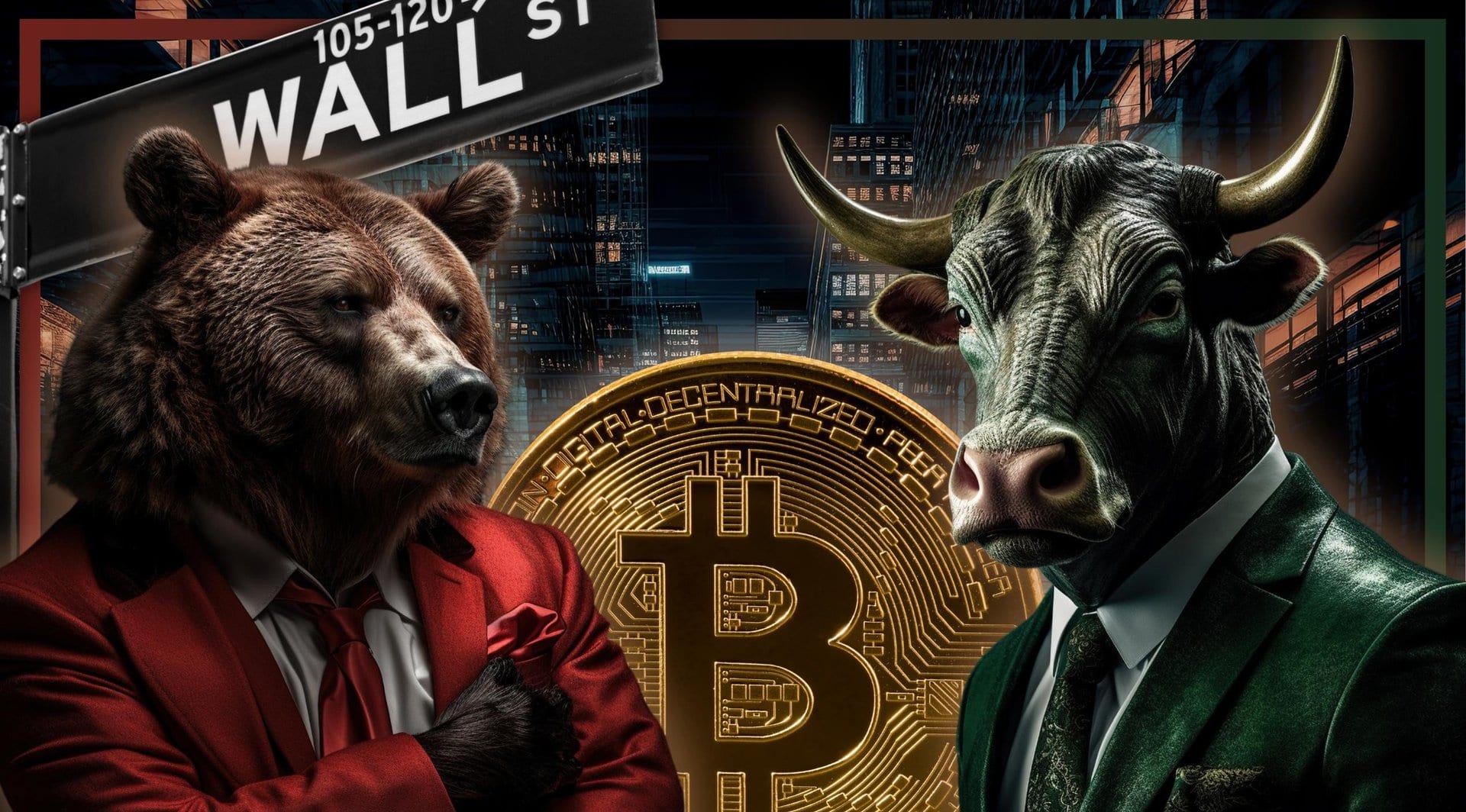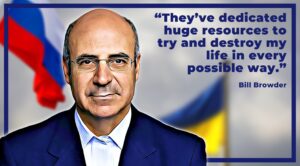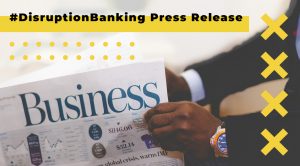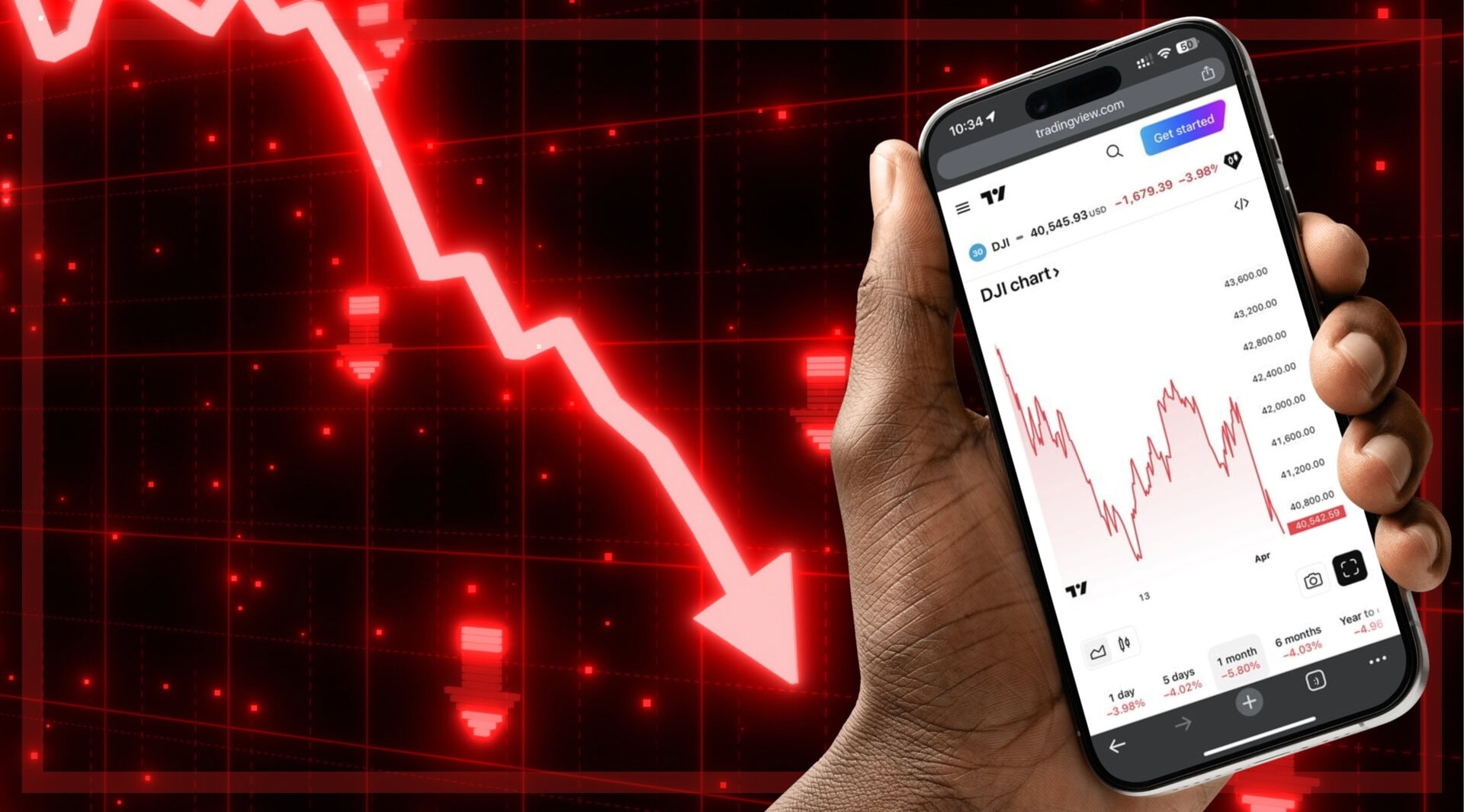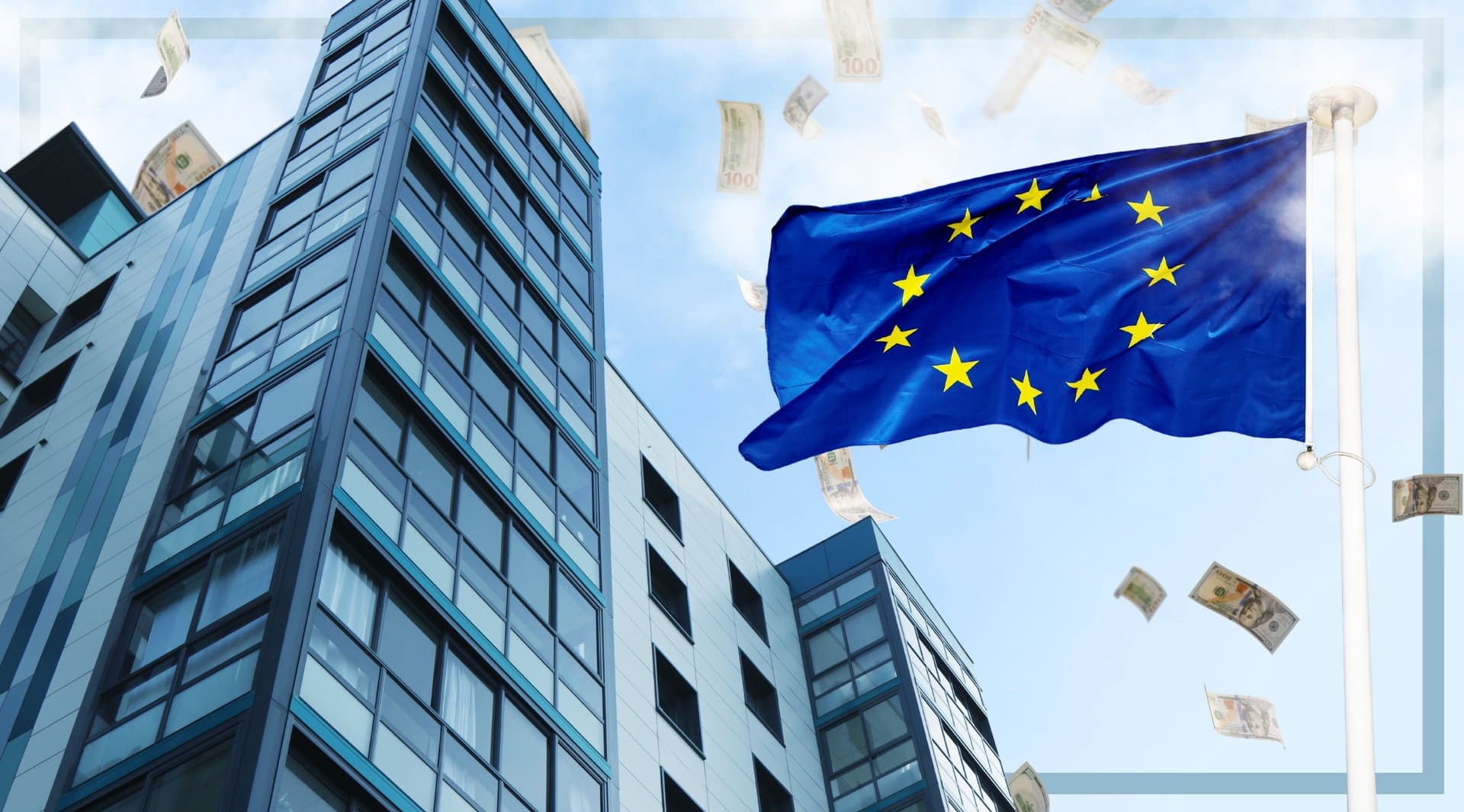By David Whitehouse
There are apparently people out there playing Louis the Game, which was designed by French fashion house Louis Vuitton with a digital artist called Beeple, to celebrate its two hundredth birthday in 2021.
Players take the role of the brand’s mascot Vivienne who travels across different worlds on a mission to collect candles and non-fungible tokens (NFTs).
Age doubtless creates a barrier here, but why would anyone want to do this? Part of the appeal is simple escapism, and not just when you are pounding the virtual streets as Vivienne in Paris or Tokyo. NFTs are certificates of ownership for digital art. They started off as part of the Ethereum blockchain but other blockchains have also started their own versions. People hold them to gain exclusive rights to digital pictures and videos, and because they hope that the ownership is, or will become, a status symbol.
The tokens can be sold on secondary markets, so if your judgement of the value of someone’s digital art is accurate, the sky is the limit. Artists can receive royalties every time their art is being resold because of contracts embedded in the NFTs.
Some see this leading to greater independence for artists. “This dramatically changes artists’ conditions,” says Aleksandra Antonov, founder of the Artely online art gallery and platform in Stockholm, Sweden. “It’s a big game changer for artists to be able to get rewarded when the value of their artworks increases.”
The value of the NFT market soared to an estimated $44 billion in 2021. NFTs, Antonov argues, bring transparency to the art world as the blockchain ledgers they’re stored on are public and decentralised. There is no individual, state, authority, company or bank that owns the database.
Scam Risks
A common misconception is that an NFT can be easily copied. Even if the digital artwork itself can be duplicated, the NFT, as digital proof of ownership, can never be copied or modified. An NFT is unique and can always be traced back to both the owner and the artist.
Some product designers have been able to use NFTs to assert their independence from corporates, and some are even leaving their day jobs, says Erin Narloch, head of NFTs at the Enwoven start-up in San Francisco. Enwoven is a knowledge management platform which has backing from The New York Times.
Narloch sees NFTs as a tool which brands can deploy. They can become a “digital ticket” which could be used to grant access to exclusive online communities, early access to new products or interactions with designers, she says. Brands can also use them to gain new insights into their user communities, she argues. “NFTs are a megaphone for customers.”
Combined with the shift to remote working triggered by Covid 19, NFTs have opened up legal questions over the ownership of creativity which have not yet been fully answered, Narloch says. The US patent office needs to be able to accept a blockchain registration more easily, she says, adding that this would help NFTs to take off. Neither has the question of how to tax the proceeds of NFTs been resolved, she adds.
Some see potential for fast profits. According to research from Mieszko Mazur, associate professor of finance at the IESEG School of Management in Paris in October 2021, NFTs traded in cryptocurrency markets have outperformed other kinds of assets. The average first trading day return of traded NFTs is 130%, he calculates, with first trading day volumes averaging about 333% of the average daily volume. Traded NFTs, Mazur’s research shows, also outperformed the Bitcoin slump in mid 2021.
Mazur argues that the ability to fractionalise NFT assets opens the door to retail investors to buy tokens with prohibitively high absolute values. But the risks of fraud have yet to be mastered.
Only about 20% of NFTs are ever sold again, and some of those that increase in price do so because of “boiler room” type scams, says Krista Jäntti, a digital fashion consultant in Helsinki. Such scams are easier with virtual currencies compared with other assets such as public equities. People can have several crypto wallets, and use them to create fake transactions and an artificially inflated price.
The tokens “can’t just be a cash grab,” Narloch says. Proceeds from sales of the tokens can be used in a visible way for social good. They can be used to make consumers more involved giving, with the donation process becoming more transparent, she argues.
Carbon Emissions
Critics point to the high carbon costs that NFTSs generate. Ethereum, the main blockchain used by NFT creators, is estimated to generate nearly 54 metric tons of CO2 annually, more than the carbon footprint of the Netherlands. Dr Peter Howson, an academic at the UK’s Northumbria University, has calculated that buying a single NFT generates more CO2 emissions than watching YouTube 24 hours a day for two years.
Proponents argue that NFTs do not generate the emissions on their own, and that the blockchain infrastructure which underpins them would exist regardless of whether NFTs are traded. The amount of carbon emissions being generated by NFTs is being reduced, Jäntti says. This is being driven by a shift to “proof of stake” rather than “proof of work” blockchain systems, she argues.
“Proof of work” means miners have to compete against each other to solve a complex maths problem and win to right to update the blockchain with a new entry. This swallows huge amounts of computing power, but this could be drastically reduced by “proof of stake.” The Solana NFT marketplace uses a proof of stake system, though the Bitcoin currency remains based on proof of work.
Under proof of stake, cryptocurrency owners validate transactions based on the number of coins they are prepared to stake. Ethereum aims to move to proof of stake this year, though the change involves a complex change of systems and has been planned for years without actually happening. Cynics argue that the prospect of proof of stake is used simply to justify current emissions.
Digital fashion
Possible NFT applications exist in customer loyalty cards, where retailers could use them to restrict access for some privileges to their most exclusive clients, Jäntti says. They could also be used, she says, to track ownership of tickets to sporting events which may have been intended as a gift and not intended to be resold. “The gaming, crypto and fashion industries are converging, meaning that there are great opportunities for growth for NFTs,” Jäntti says.
NFTs are useful in digital fashion, where they enable people to try out clothes without needing to go to a fitting room, Jäntti says. Trying on the clothes, which might not even exist yet, “fulfils a vanity need,” she argues. Fantasy clothes that won’t ever be worn by anyone are also used to decorate customised characters in the gaming world.
The tokens can help artists and designers to gain visibility and develop their business models, says Jäntti, who has worked in virtual reality. They are useful for physical clothes brands which want to go digital but don’t know how to find the designers they need, she adds.
Jäntti argues that digital fashion allows reductions on carbon emissions as travel to clothes stores and the costs of having the clothes in stock are reduced. That seems a stretch. Clothing brands in general do not make and transport clothes to leave them unsold. Having more virtual fitting rooms might just allow them to discount less to shift the stock. And the ability to try out more new ideas virtually hardly seems likely to reduce the overall amount of clothes sold, and might even increase it.
David Whitehouse is a freelance journalist in Paris.



